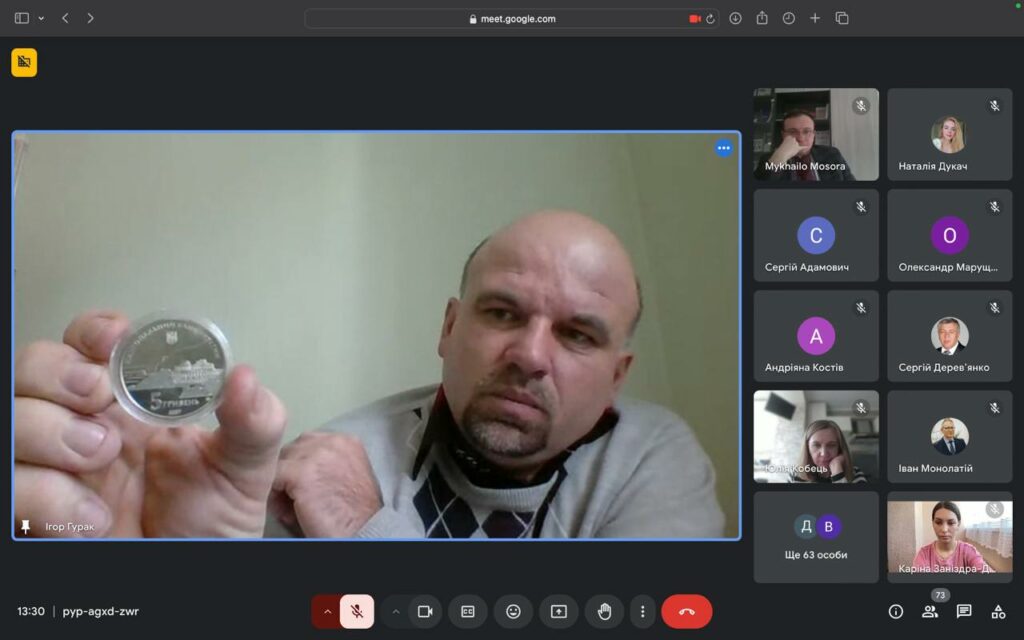On February 26, 2020, the President of Ukraine Volodymyr Zelenskyy signed a decree according to which February 26 is celebrated in our country as the Day of Resistance to the Occupation of the Autonomous Republic of Crimea and the City of Sevastopol. Representatives of the Crimean Tatar community, activists of the Euromaidan Crimea movement, football fans of the Tavria club, and other caring residents of the peninsula gathered for a demonstration of thousands in the city of Simferopol on February 26, 2014, and prevented the extraordinary session of the Supreme Council of the Autonomous Republic of Crimea planned by the Russians for that day. This step marked the beginning of the struggle of Ukrainian citizens against the occupation of the Crimean peninsula by the Russian Federation.
In order to honor the relevant event and Ukrainian citizens who have been systematically working for the de-occupation of the Autonomous Republic of Crimea for more than ten years in various ways, on February 26, a round table was held at the Faculty of History, Political Science and International Relations of the Precarpathian National University named after Vasyl Stefanyk on the topic “Eleven Years of the Struggle for Ukrainian Crimea: National and International Dimensions”. The organizers of the event were the Department of International Relations, the Department of Political Science and the Center “Young Diplomacy”, the partners were the Educational and Scientific Law Institute and the Department of International Relations of Karabuk University (Turkey). Opening the round table, the Dean of the Faculty of History, Political Science and International Relations Ihor Hurak emphasized that since the appearance of the modern Ukrainian state on the political map of the world, the Crimean Peninsula has occupied a special place in relations between Ukraine and the Russian Federation. He recalled that in 1992 and 1993, the Russian parliament twice adopted decisions that demonstrated the reluctance of the then Russian ruling elites to accept that Crimea remained part of the Ukrainian state after the collapse of the USSR. The Russians began to place even greater emphasis on the “Crimean issue” with the coming to power of Vladimir Putin in the Kremlin. The first glaring incident in this regard was the conflict around the island of Tuzla in 2003. According to the dean, after the Orange Revolution, the Russian leadership began systematic work aimed at strengthening its influence on this Ukrainian territory, and on February 20, 2014, it launched an armed operation to establish its control over the territory of the peninsula.
Head of the educational laboratory of special historical disciplines of the Vasyl Stefanyk Precarpathian National University Volodymyr Saganyuk showed the participants of the round table Ukrainian commemorative coins, banknotes and postcards dedicated to various aspects of the Crimean issue.
At the end of the round table, Ihor Hurak thanked all the participants of the meeting and emphasized that the Crimean resistance is a struggle that changed Ukraine. It showed the strength of the Crimean Tatars, united Ukrainian society and forced the world to pay attention to Russia’s crimes.
More than 90 teachers, scientists, postgraduates and students took part in the round table.

